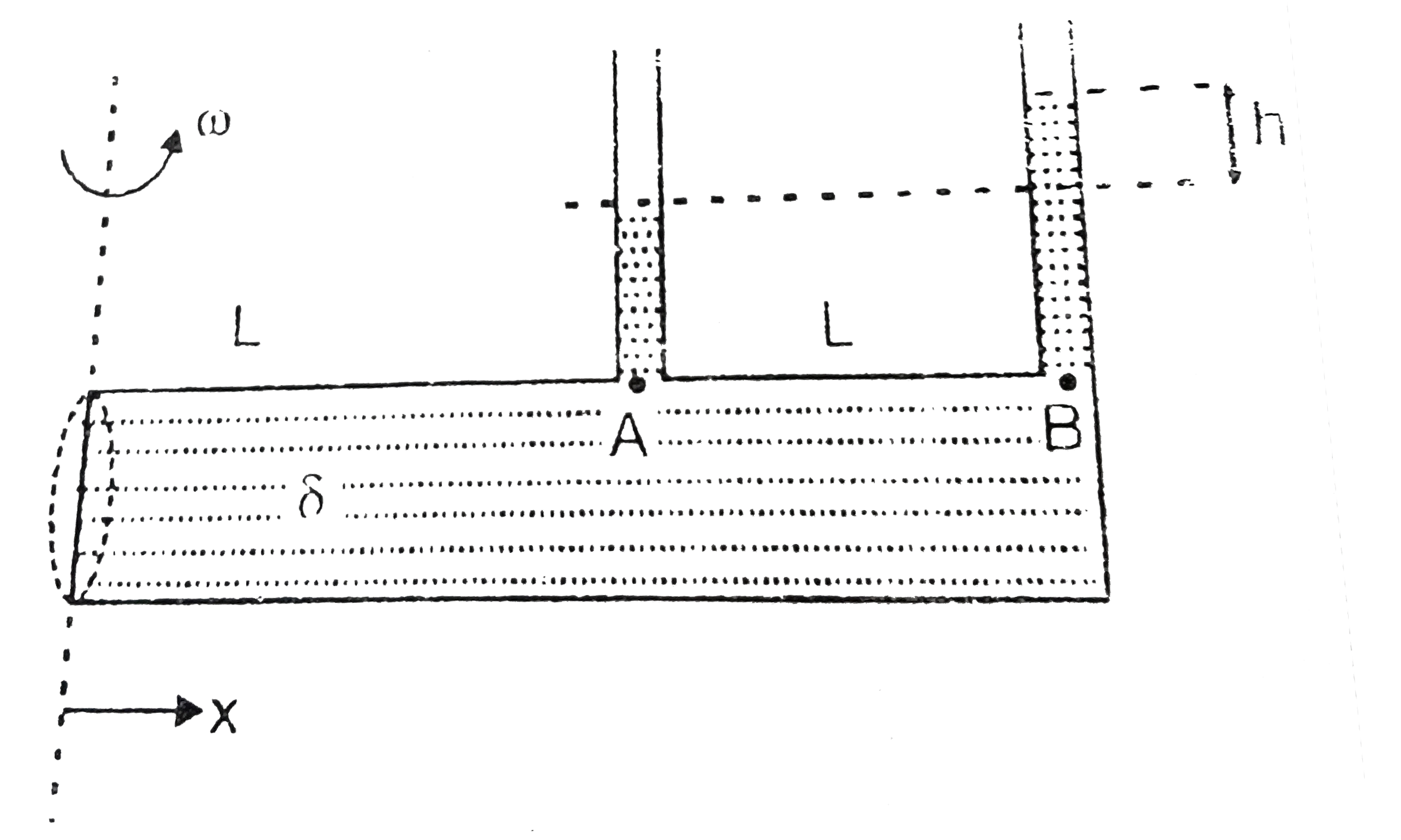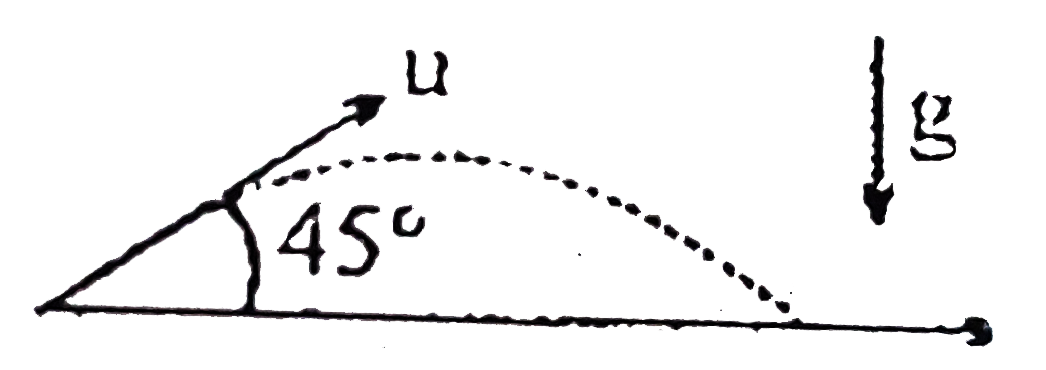Pressure in a liquid is _________at for all points at the same horizontal level.
To solve the question "Pressure in a liquid is _________ at all points at the same horizontal level," we can follow these steps:
Step 1: Understand the Concept of Pressure in Fluids
Pressure in a fluid at a given depth is determined by the height of the fluid column above that point, the density of the fluid, and the acceleration due to gravity.
Step 2: Identify the Horizontal Level
Consider a container filled with liquid. We can define a horizontal level within this liquid. For example, let's say we have points A, B, and C at the same horizontal level within the liquid.
Step 3: Analyze the Pressure at Different Points
For each point (A, B, and C) at the same horizontal level, the height of the liquid column above these points is the same. If we denote the height from the free surface to the horizontal level as h, the pressure at each point can be expressed as:
- Pressure at point A: PA=ρgh+Patmospheric
- Pressure at point B: PB=ρgh+Patmospheric
- Pressure at point C: PC=ρgh+Patmospheric
Step 4: Conclude the Result
Since the height h and the atmospheric pressure are the same for all three points, we can conclude that:
PA=PB=PC
Thus, the pressure at all points at the same horizontal level is the same.
Final Answer
Pressure in a liquid is the same at all points at the same horizontal level.
---
Pressure in a fluid at a given depth is determined by the height of the fluid column above that point, the density of the fluid, and the acceleration due to gravity.
Consider a container filled with liquid. We can define a horizontal level within this liquid. For example, let's say we have points A, B, and C at the same horizontal level within the liquid.
For each point (A, B, and C) at the same horizontal level, the height of the liquid column above these points is the same. If we denote the height from the free surface to the horizontal level as h, the pressure at each point can be expressed as:
- Pressure at point A: PA=ρgh+Patmospheric
- Pressure at point B: PB=ρgh+Patmospheric
- Pressure at point C: PC=ρgh+Patmospheric
Since the height h and the atmospheric pressure are the same for all three points, we can conclude that:
PA=PB=PC
Thus, the pressure at all points at the same horizontal level is the same.
Pressure in a liquid is the same at all points at the same horizontal level.
Topper's Solved these Questions
- Mechanical Properties of fluidsBOOK - SL ARORACHAPTER - Mechanical Properties of fluidsEXERCISE - Exercise
459 Videos
- Mathematical toolsBOOK - SL ARORACHAPTER - Mathematical toolsEXERCISE - Exercise
20 Videos
- Mechanical Properties of SolidsBOOK - SL ARORACHAPTER - Mechanical Properties of SolidsEXERCISE - Example
113 Videos
Similar Questions
Knowledge Check
The pressure in a liquid at two points in the same horizontal plane are equal. Consider an elevator accelerating upward and a car accelerating on a horizontal road. The above statement is correct in
Athe car onlyBthe elevator onlyCboth of themDneither of themPressure at a point in the liquid is:
Asame in all directionsBgreater in the upward directionCgreater in the downward directionDnone of the aboveA horizontal thin tube of length 2L completely filled with a liquid of density δ rotates about a vertical axis passing through one of its end and along the diameter of its side face with an constant angular velocity ω. Two vertical thin long tubes are fitted with the horizontal tube to measure the pressure difference between points A and B which are at same horizontal level as shown. Neglect viscous forces and surfaces tension of liquid.

The difference in the heights (h) of the liquid column in the two vertical thin tubes is :Aω2L22gB3ω2L22gC5ω2L22gDNone of these
Explain that liquids exert equal pressure at the same depth.
View SolutionConsider ideal flow of water through a pipe with its axis horizontal. A and B are the two point in the pipe at the same horizontal level (A lies on the upstream), then
View SolutionA horizontal thin tube of length 2L completely filled with a liquid of density δ rotates about a vertical axis passing through one of its end and along the diameter of its side face with an constant angular velocity ω. Two vertical thin long tubes are fitted with the horizontal tube to measure the pressure difference between points A and B which are at same horizontal level as shown. Neglect viscous forces and surfaces tension of liquid.

The graph of the pressure gradient (dPdx) with the distance x meaured from the axis of rotation is :
View SolutionWater is flowign is streamline motion through a tube with its axis horizontal. Consider two points A and B in the tube at the same horizontal level
View SolutionA particle is projected at an angle of 45∘ with the horizontal with a speed u in a uniform gravitational field, as shown in the figure. The instaneous angular speed of the particle w.r.t. Point of projection at the moment if falls at the same horizontal level equals

View Solution
